The City of Art
Florence, Italy It has been said that, “If Italy were the Mona Lisa, Florence would be her smile.” For centuries,...
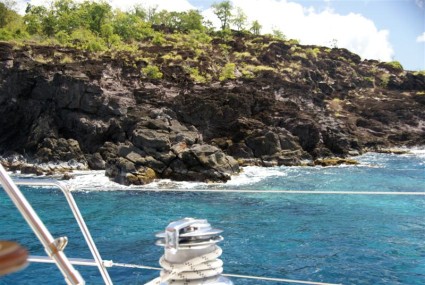
West Indies
After a quick stay in Montserrat, we headed North around the island to clear the volcano exclusion zone and then South for Guadeloupe. Our direction of sail has changed from South East to almost due South, making the passages a little easier with the wind 60 degrees off the bow. As a result, we had a nice day sail and arrived in Deshaies (pronounced Day-Hay) around mid-day.
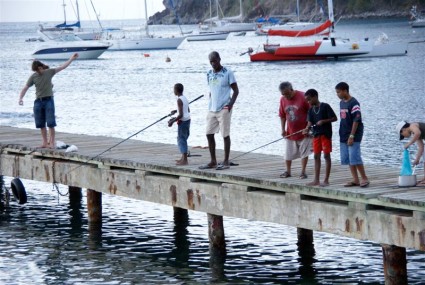
Guadeloupe is one of the largest and most populated islands in the Caribbean. In fact, it is actually two islands separated by the Rivi re Sale. Deshaies is a small village on the northeast coast of Basse Terre, the larger, mountainous island. Entering through customs into Guadeloupe was easy (the French keep it simple), and the town was small and comfortable.
We rented a car with Al & Linda from Cambio (fellow Caribbean 1500 rally participants that we met up with in Nevis) to see the island. Our first trip was to Pointe Pitre, the largest city on the island, to stop in the chandlery (boat store) for parts needed to make some minor repairs. While the marina was nice and we had a great time at the aquarium, we were not impressed with the town. When the tourist office has a button on the door to “buzz” you in, you get the sense that it may not be safe. Undeterred by this, we spent a couple of hours walking through town enjoying the sites.
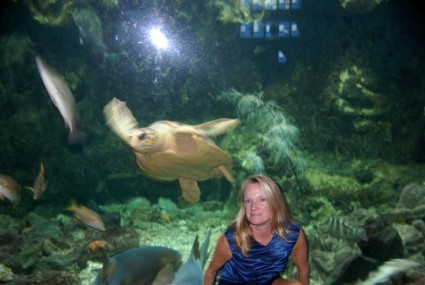
The next day we drove around Basse Terre, stopping at the town of Basse-Terre. We walked through town, tasted the local, flavored rums and ate at a very local lunch at the snackette. A burger here with the works is served with an egg and it was delicious.
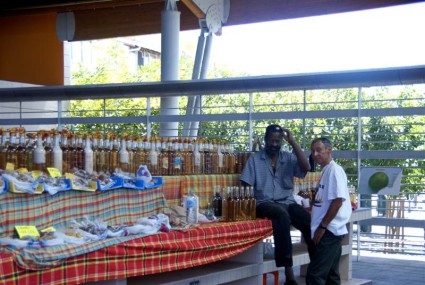
From there we made our way to the national park and hiked up to one of the many waterfalls on the island.

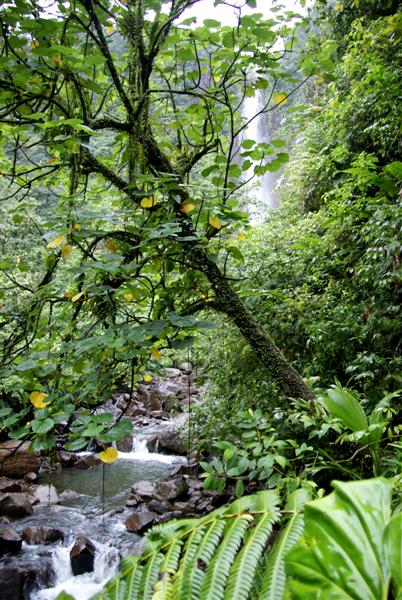
Next was a trip to the distillery to see how they make rum (and to taste a little). Unfortunately the tour was in German, so we proceeded quickly to the tasting.
Guadeloupe is a providence of France and they speak very little English. We were fortunate to be traveling with Cambio, as they spoke enough French to help us work our way through the island. Provisioning at the supermarket was an interesting experience. While the selection was great, it was difficult to understand what we were buying because the packaging was in French. In the end, we managed to avoid the horse and goat meat and got what we needed.
After a few days we headed south to Pigeon Islands and the Cousteau Underwater Park. We picked up a mooring next to the island and did a little snorkeling and diving.
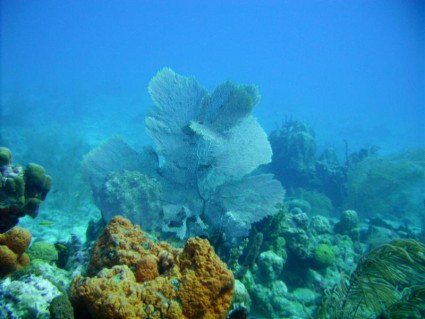
Jacques Cousteau touted this area as “one of the worlds 10 best diving spots”.
The French Islands are known for the ease of clearing in and out of customs, so Al and I set off on a quick trip (via the local bus) to the customs office to clear out of Guadeloupe. Nearly six hours later, we arrived back at the boat. While it only took about 60 seconds to check out at customs, the bus trip was another story. After three hours on various buses, we found ourselves back where we had started. I guess our French is not as good as we thought.